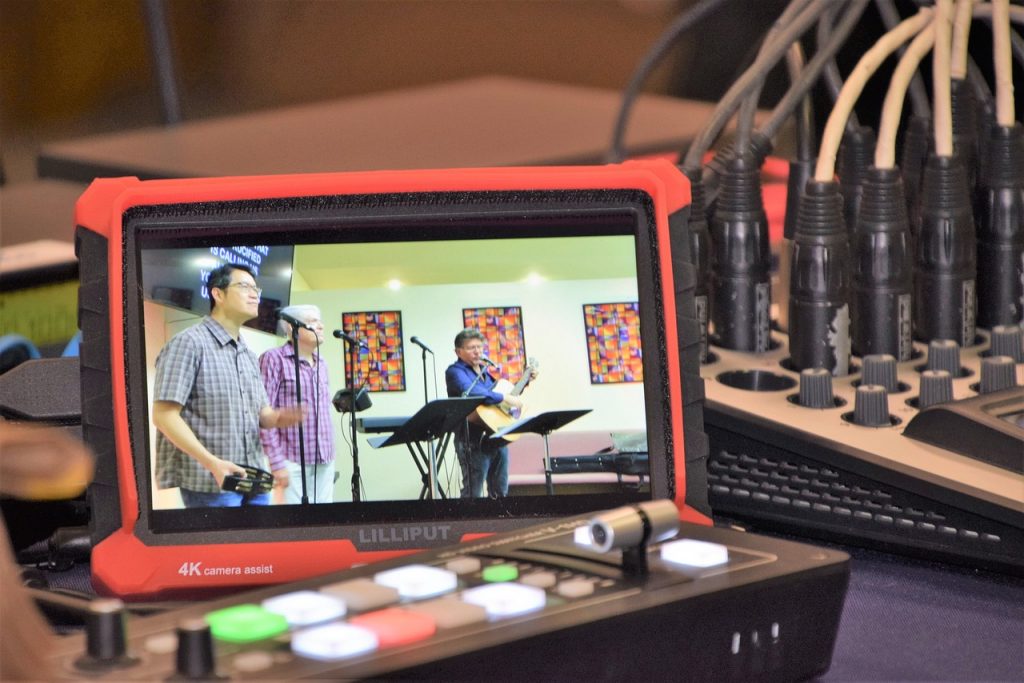The Art and Science of Content Creation: A Comprehensive Guide
Where information is constantly at our fingertips, content creation has become a powerful tool for individuals and businesses alike. Whether it’s blog posts, videos, podcasts, or social media updates, creating compelling and valuable content is key to engaging audiences and building a meaningful online presence.
Understanding Your Audience:
Before diving into content creation, it’s crucial to understand your target audience. Who are they? What are their interests, needs, and pain points? Conducting thorough audience research allows content creators to tailor their material to resonate with the intended demographic. This understanding sets the foundation for creating content that is not only relevant but also valuable to the audience.
Choosing the Right Platform:
Different platforms cater to different types of content. A blog may be suitable for in-depth articles, while visual content might thrive on platforms like Instagram or YouTube. Assessing your goals and the preferences of your target audience will help you choose the right platform for your content. Consider factors such as the nature of your content, the preferred content consumption habits of your audience, and the unique features of each platform.
Crafting Compelling Content:
Great content is a delicate blend of creativity and strategy. It should captivate the audience’s attention while delivering value. Here are some key elements to consider:
- Headline: Craft attention-grabbing headlines that spark curiosity and convey the content’s value.
- Quality Visuals: Incorporate high-quality images, infographics, or videos to enhance the visual appeal of your content.
- Engaging Writing Style: Develop a writing style that resonates with your audience. Whether it’s informative, conversational, or humorous, consistency is key.
- Value Proposition: Clearly articulate the value your content provides. What problem does it solve? How does it benefit the audience?
- Call-to-Action (CTA): Encourage user interaction by including a clear CTA. This could be a request for comments, sharing the content, or directing them to another piece of related content.
Consistency and Frequency:
Consistency is vital in content creation. Whether you publish daily, weekly, or monthly, establishing a regular posting schedule helps build audience trust and keeps your brand on their radar. Consistency doesn’t mean sacrificing quality for quantity; it means delivering a steady stream of valuable content that meets the expectations of your audience.
Optimizing for SEO:
Understanding the basics of Search Engine Optimization (SEO) is essential for effective content creation. This involves incorporating relevant keywords, optimizing meta tags, and ensuring your content is easily discoverable by search engines. SEO practices increase the likelihood of your content appearing in search results, driving organic traffic to your platform.
Analyzing and Iterating:
The digital landscape is ever-evolving, and so should your content strategy. Regularly analyze the performance of your content through analytics tools. Monitor metrics such as engagement, click-through rates, and conversion rates to gauge the effectiveness of your content. Use these insights to refine your strategy and make informed decisions about future content creation.
Exploring the Diverse Landscape of Content Creation: List of Types
Content creation is a dynamic and essential aspect of digital communication, marketing, and entertainment. As the digital landscape continues to evolve, so do the various forms of content that capture our attention. From written articles to captivating videos, content creation spans a wide range of formats.
Written Content:
- Articles and Blog Posts: Traditional written content remains a powerful tool for conveying information, sharing insights, and expressing opinions. Blogs and articles are widely used across various platforms to educate and entertain audiences.
- Ebooks and Whitepapers: Long-form written content such as ebooks and whitepapers are excellent for in-depth exploration of topics. They are often used in marketing to provide valuable resources and establish authority.
- Social Media Posts: Concise written content is crucial for social media platforms. Tweets, Facebook posts, and Instagram captions are examples of short-form written content that can quickly capture attention.
Visual Content:
- Images and Infographics: Visual elements play a crucial role in content creation. High-quality images and infographics are effective for conveying complex information in a visually appealing and easily digestible format.
- Videos: Video content has exploded in popularity. From short clips on TikTok to long-form videos on YouTube, this format allows creators to engage audiences through storytelling, tutorials, or entertainment.
- Memes and GIFs: Humor is a powerful way to connect with audiences. Memes and GIFs are shareable, bite-sized visual content that often goes viral on social media platforms.
Audio Content:
- Podcasts: The rise of podcasts has created a new avenue for content creators to share stories, interviews, and discussions. Podcasts offer a convenient way for audiences to consume content while on the go.
- Audiobooks: Narrated versions of written content provide an alternative way for audiences to absorb information or enjoy a story.
- Music and Soundscapes: Beyond spoken word, music and ambient sounds are also forms of audio content that can evoke emotions and enhance the overall user experience.
Interactive Content:
- Quizzes and Polls: Engaging audiences through interactive elements like quizzes and polls can be an effective way to encourage participation and gather feedback.
- Games and Simulations: Serious content can be delivered through interactive games and simulations, providing immersive learning experiences.
- Virtual and Augmented Reality: Cutting-edge technologies enable the creation of immersive virtual and augmented reality experiences, revolutionizing how content is consumed.
User-Generated Content:
- Reviews and Testimonials: Encouraging users to share their experiences through reviews and testimonials is a powerful form of user-generated content that builds trust and credibility.
- Social Media Challenges: Challenges and trends initiated by users on platforms like TikTok or Instagram demonstrate the collaborative nature of content creation.
- Collaborative Projects: Crowdsourcing content through collaborations with users, influencers, or other creators fosters a sense of community and diversity.
Conclusion:
Content creation is both an art and a science, requiring a delicate balance of creativity and strategy. By understanding your audience, choosing the right platform, crafting compelling content, maintaining consistency, optimizing for SEO, and analyzing performance, you can build a successful content creation strategy. Embrace the dynamic nature of the digital landscape, adapt to trends, and continue refining your approach to ensure your content remains relevant and resonates with your audience.
The world of content creation is vast and ever-expanding, offering creators numerous ways to connect with their audiences. By understanding and leveraging the diversity of content types available, creators can tailor their approach to best suit their message, brand, or objective. Whether through written words, captivating visuals, immersive audio, interactive elements, or collaborative efforts, the possibilities are endless in the realm of content creation.
#contentcreation #contentwriting #seo #socialmedia #networking #videocreation #bannerads #advertising #digitalmarketing #marketing




